Gender pay gap: Meet the women leaders fighting inequality in the workplace
ECONOMISTS have named women as Australia’s greatest untapped resource, but they still don’t get equal access to workplace clout — or pay. Female firepower might just fix it.
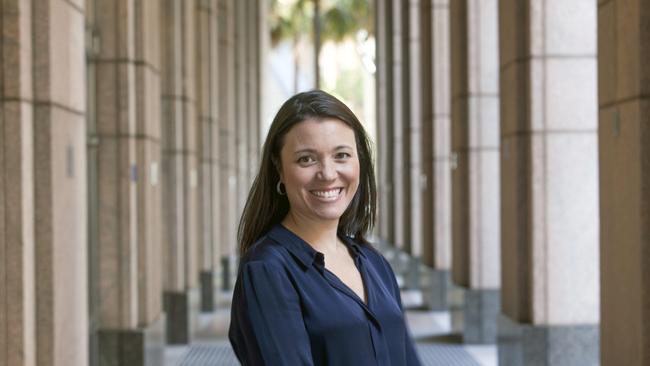
VIC News
Don't miss out on the headlines from VIC News. Followed categories will be added to My News.
AS women across the country fight for their places alongside men on the corporate ladder, a dynamic bunch of women is throwing female firepower at closing the pay gap and giving women access to all areas. And doors are starting to break down.
While it may be a slow burn, these women are leading from the front to create a more equal and profitable workplace, while giving other women a hand up the ladder.
A Deloitte Access Economics report last month found the Australian bottom line could get a whopping $10 billion boost if more women could be engaged in work and promoted equally to management.
Earlier this year, the Organisation for Economic Co-operation and Development (OECD) said stay-at-home mothers were the “biggest untapped potential” in our economy.
Australian girls say life would be easier if they were treated equally
Footy stars lead way to close gender gap
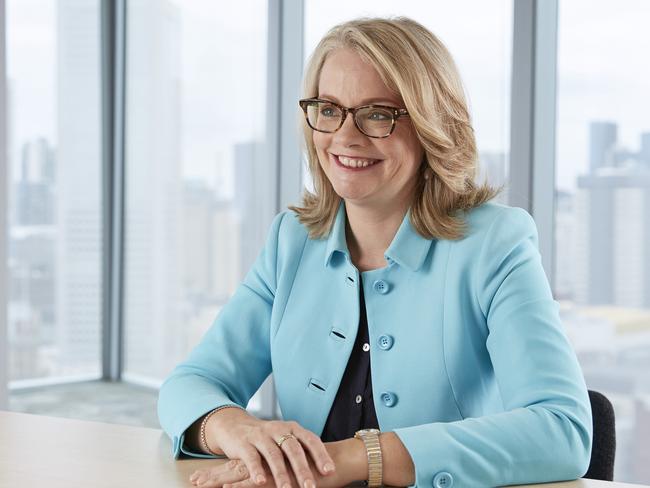
Mining giant BHP Billiton’s Athalie Williams has taken on the huge task of turning what was a boys’ club industry — mining — into an equal opportunity employer.
As The Big Australian’s chief people officer, she’s overseeing a revolution: moving from an 83 per cent male workforce towards 50:50 men and women across the global organisation by 2025.
This gargantuan effort has been described as “an attempt to drive the mining industry into the modern world”, and Williams believes if mining can do it, there are no excuses for other industries. She’s one of a host of women shifting how we work to make it not just more women-friendly but more people-friendly, and productive.
“If we can make a sustainable shift in gender balance in mining, then anyone can do it; there’s no excuses anywhere, because you can’t get much more male-dominated (traditionally) than heavy industry and mining,” she says.
Williams “could not be more delighted” the company’s disruptive agenda is making some industry players uncomfortable.
“Someone’s got to make it noisy and difficult, and uncomfortable … I’m firmly of the view that to achieve systemic change across industry, we all need to question firmly held beliefs,” she says.
Victoria launches Gender Equality Strategy
Wendy Tuohy: Women find validation in anger against sexual harassment
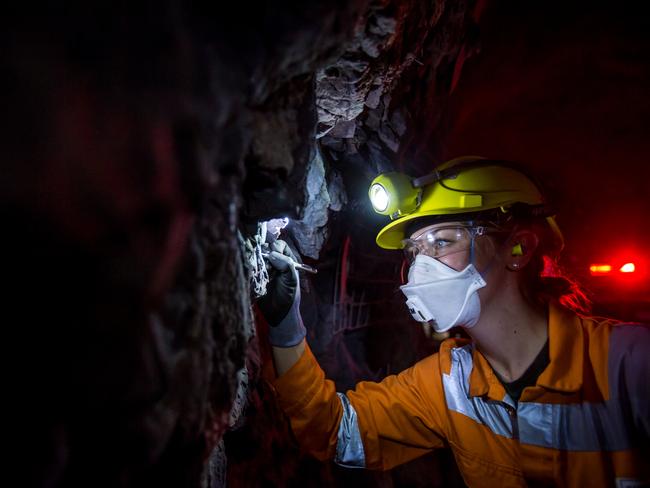
To help get women in and give men more flexibility, operational jobs are being moved from the coalface to city centres, reducing the need for isolating fly-in, fly-out lifestyles;
wideranging flexible work policies (for women and men) are in; and super is now paid on up
to two years’ parental leave (for carers of either gender). The company is also hiring women based on their skills, not years of experience in mining.
“(We’re thinking), what are the skills we need to hire for, can we train a man with 15 years of mining experience side-by-side with a young woman who used to schedule planes for Virgin?”
Williams, and high-octane women like her, are not doing this just for the feel-good factor; she notes extensive research showing more gender-diverse organisations do better on performance and boost returns, and says BHP has shown this.
“Our top 10 more gender-diverse sites perform 15 per cent better than the company average; they are safer — the holy grail in mining — and more productive,” Williams says. “If we can crack this for our company, it can help whole countries.”
Her team has had to navigate a “bumpy” first year as some traditional employees express fear about the sweeping update to their workplace, and “it continues to be challenging”.
But the data around the benefit of including women is so convincing, as is the argument that men will benefit from the changes (more diverse workplaces report higher levels of employee engagement and satisfaction), that Williams says it is “making the conversation easier”.
Australian miners strike a chord on gender balance
Victorian women launch female-only outdoor adventure group
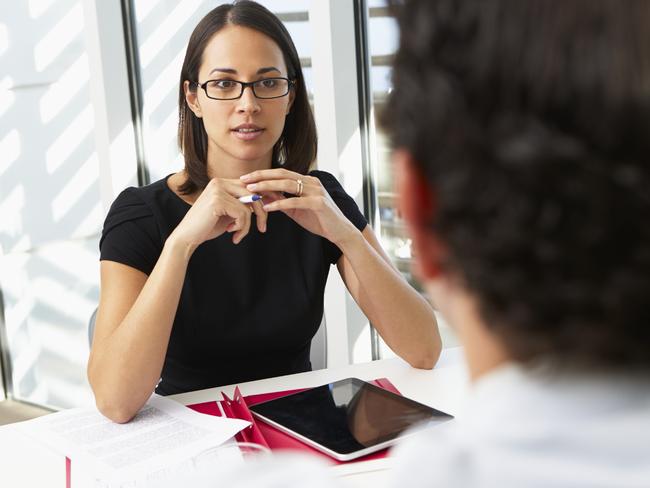
For the economic benefit of all, statistics need to be improved. The workforce participation rate of Australian women is in the lowest third of OECD countries, and in 2016 the participation rate was 59.3 per cent for women and 70.4 per cent for men.
Women make up only 36 per cent of our full-time workforce. In management, where decisions happen that could level the playing field for the next wave, only 38.4 per cent of jobs are held by females, according to new Workplace Gender Equality Agency (WGEA) data, and the number of women on boards is stuck at 24.9 per cent.
Another key player in the push to create a more equal and profitable workforce is former UN Women Australia executive director Julie McKay, now lead partner for diversity and inclusion of top accounting firm PricewaterhouseCoopers.
McKay is also on a mission to help “shift the dial” towards a workforce where women can bring their whole potential — and whole selves — to work. She believes that more inclusive approach can benefit working men greatly, as well as producing measurable dividends.
Lisa Wilkinson slams gender pay gap as she reveals more about her life after Today
Today hosts Karl Stefanovic and Sylvia Jeffreys react to Lisa Wilkinson’s shock exit
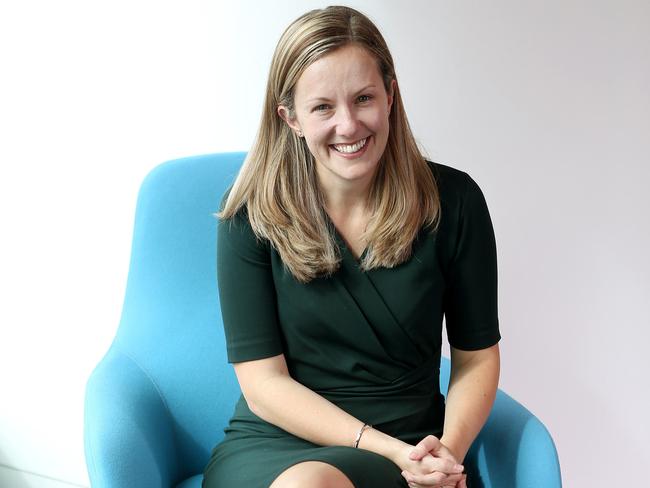
“There’s a weight of research to say there is a dollar-figure benefit (to the economy) if women enter the workforce in equal numbers to men,” says McKay, previously a gender adviser to the Australian Defence Force. “It doesn’t take a lot to understand diverse teams in leadership groups will be ... more likely to understand challenges.
“We know more diverse teams are more engaged and dynamic and more likely to appeal to customer and client bases and grow (businesses) more rapidly by engaging with customers at a whole different level.”
McKay says it makes plain sense to “recruit from the whole pool of talent”. She is helping PwC service growing demand among Big Australian companies for advice about how to get the “diversity dividend”.
In October, the diversity dividend report by Deloitte Access Economics found if management in Australian business and industry had a 50:50 gender split, there would be a 2.1 per cent increase in profitability (due to the range of varied approaches by teams containing more women).
“There is a perception that for women to get more access to economic opportunity … men lose something, (but) we need to help change the conversation,” says McKay, who saw how economies worked around the world in 10 years with the UN.
“Men live in families and communities, as part of society. Increasing flexibility and giving people access to different ways of working allows women more opportunity (to work) and men more opportunity to have engagement in communities.”
She notes the newest generation of working fathers is expressing a strong desire to be more engaged with children: young male workers are looking for flexibility, too.
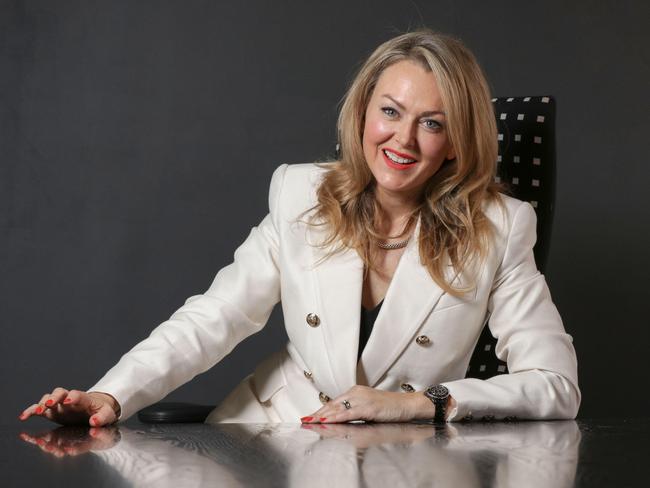
Melbourne “womenomics” marketing specialist Bec Brideson says the fact women have gone from just surviving economically to becoming independent and now to increasingly becoming influential economic players, means she is seeing a greater appetite among business leaders to put a “female lens” on how it operates.
Brideson, who runs Australia’s first female-focused marketing agency, Venus, speaks about the vital need to engage women in her 2017 book Blind Spots: How to uncover and attract
the fastest emerging economy.
“(Engaging women as consumers and in influential roles) is being taken seriously, but from what I see, change is still quite slow. It’s taking us some time to go from ‘talk’ into ‘walk’, and action is slower. We still have a long way to go,” says Brideson, who consults to companies about how to communicate with women.
Coles’ marketing general manager Amber Collins says while diversity strategies are good, workers want to see real change now.
“Policies and targets are important but our people want to see change and results. We have truly remarkable women at Coles and ensuring they are supported is critical to our long-term success,” Collins says.
A barrier Coles is working to break down is the mental wall many working mothers struggle to get over, especially when considering taking on a bigger job: can I do it all?
“I think that too many women think, ‘I can’t do it/I will have to compromise my life or my family life too much’,” Collins says. “With this mindset in place we will never get to the levels of diversity we need to build balanced and inclusive businesses.
“At Coles we are trying to solve that by putting more flexibility in place for men and women, improving parental support for men and women and investing in support systems that help all our team members have healthy, balanced lives.”
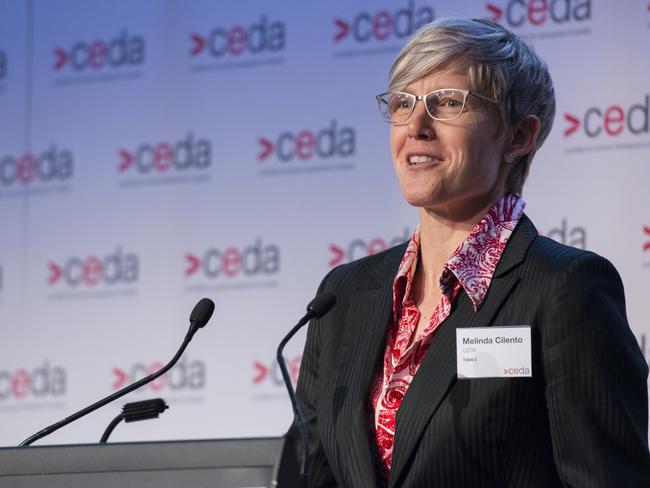
Like other senior women Weekend spoke to, she says if managers of both genders are seen
to seek and live balanced lives as well, including leaving early to attend children’s school events, it “sends a positive message” that employers really mean business on flexibility. This, in turn, makes more senior roles look doable.
These practices are part of what the Committee for the Economic Development of Australia is advocating are adopted and demonstrated.
Melinda Cilento, who started in October as CEDA’s first female CEO, says she will know when we’ve reached an equal workplace.
“We will no longer need to hold women-in-leadership events,” she says.
A Woodside Petroleum and Australian Unity board member and Productivity Commission commissioner (and former Business Council of Australia chief economist), Cilento says real challenges and barriers to women taking their full place exist.
“It’s not surprising it’s taken a while for genuinely transformative change. We need policies to train management and encourage a different way of thinking, a different leadership style to what we’re used to …. I’ve seen challenges, too, for senior males who have a different leadership style and have struggled to be different.”
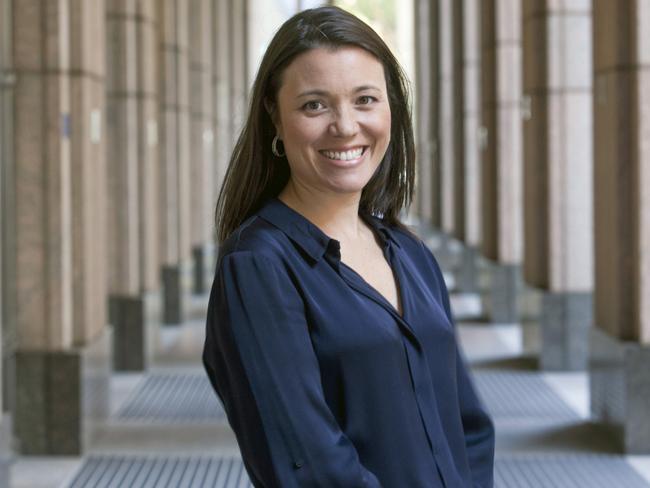
At CEDA’s Women in Leadership lunch for 400 businesspeople in Melbourne last week, Jennifer Cermak, an Australian-based partner in global consulting firm McKinsey, nailed a big reason women have struggled to be hired in influential senior roles: unconscious bias towards hiring what you know.
She said male executives had confided, “It’s really comfortable to hire people who look the same as you and like the same things ... To be honest, it’s a little bit easier because I can play golf with them.”
Cermak, who worked on the heavy-hitting November report Ten Actions to Increase the Number of Women in Leadership Roles by McKinsey, the Business Council of Australia and WGEA, says the factors holding Australian women back are similar to those in comparable countries.
“It’s a massively complex issue,” she says. Factors include “social norms (around parenting and the role women are expected to play) to challenges and roadblocks in institutions, history in institutions … to individual needs and talent levels, and family life.”
She says the “case for change” is compelling.
“More diversity in general is linked to better financial performance, better culture and health of organisations — which has a commercial side-effect — and is linked to more innovation,” Cermak says. “Research has shown a homogenous organisation, or set of people, is not as innovative as a diverse set of people — that, to me, is massively compelling.”
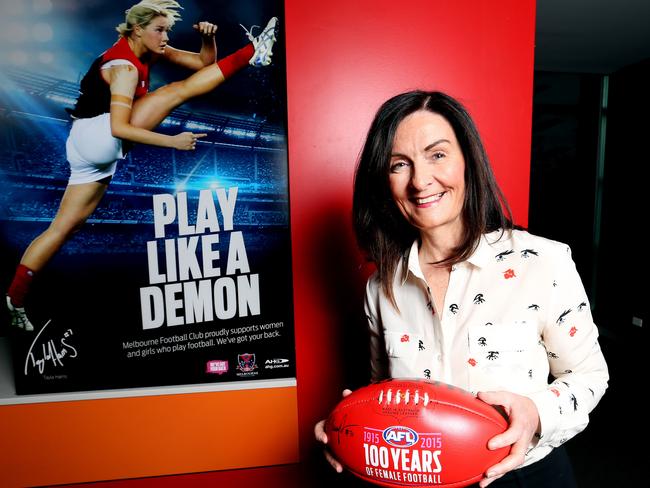
Given the bottom-line boost from having more gender-diverse teams, including in management, and given forecast slow economic growth and increased disruption to traditional business models, Cermak’s advice for Australian business is, “You want to pull every lever you can to survive in the new world in the next five to 10 years, and this is a pretty big lever. If I were on a management team, I’d be pulling it hard.”
Former AFL general manager of people, customer and community Dorothy Hisgrove, now chief human resources officer at PricewaterhouseCoopers, has watched Australia’s attempts to get more women working and into leadership jobs for decades.
She oversaw sweeping diversity initiatives at the AFL, after running diversity and inclusion for the National Australia Bank, and says that until now she has not seen “much acceleration on participation or gender equity statistics in the last 24 years of my working life”.
Encouragingly, she says, businesses have started to make significant progress in diversity in leadership, particularly in recent years.
“Businesses that have gone on this journey a while back ... definitely have been able to quantify those benefits, so are great advocates and spokespeople leading the dialogue in the market on it,” Hisgrove says.
“They have recognised a correlation between profit and more diversity at board level.”
And it means, Hisgrove says, that after all this time working on ways to pay women better and promote them more, “I feel optimistic.”


